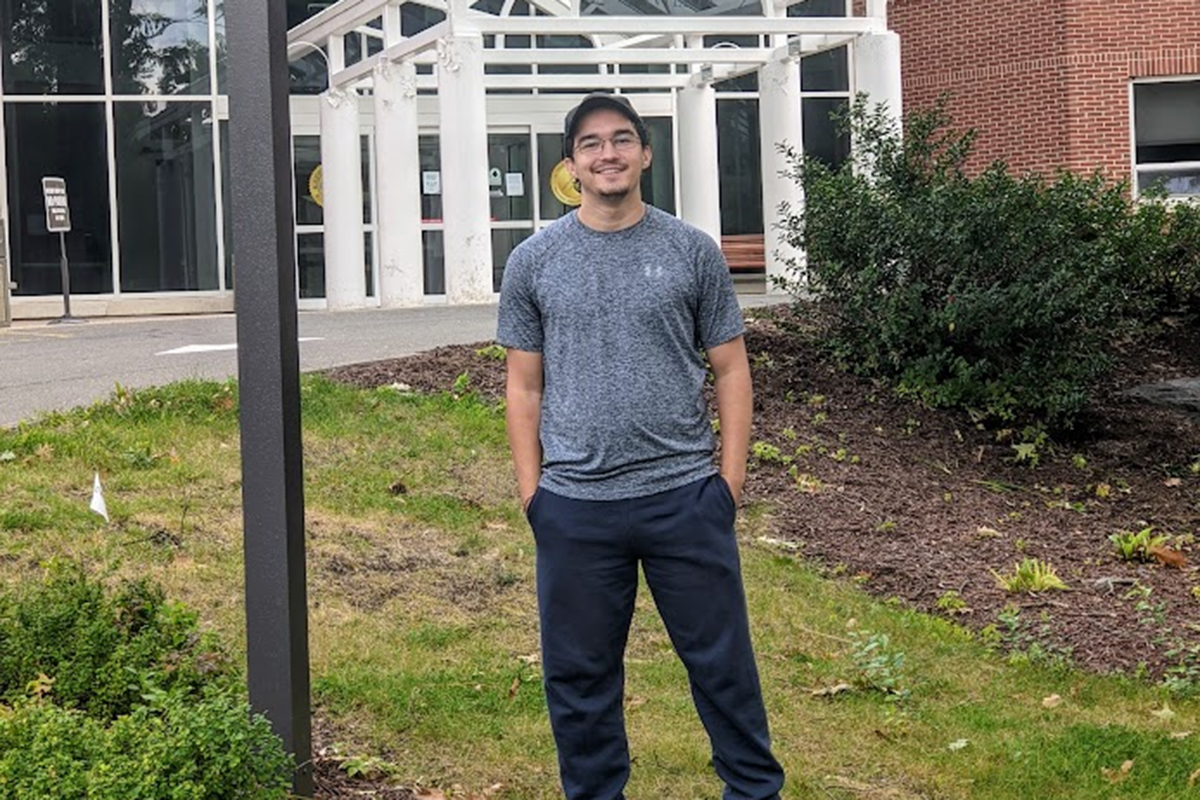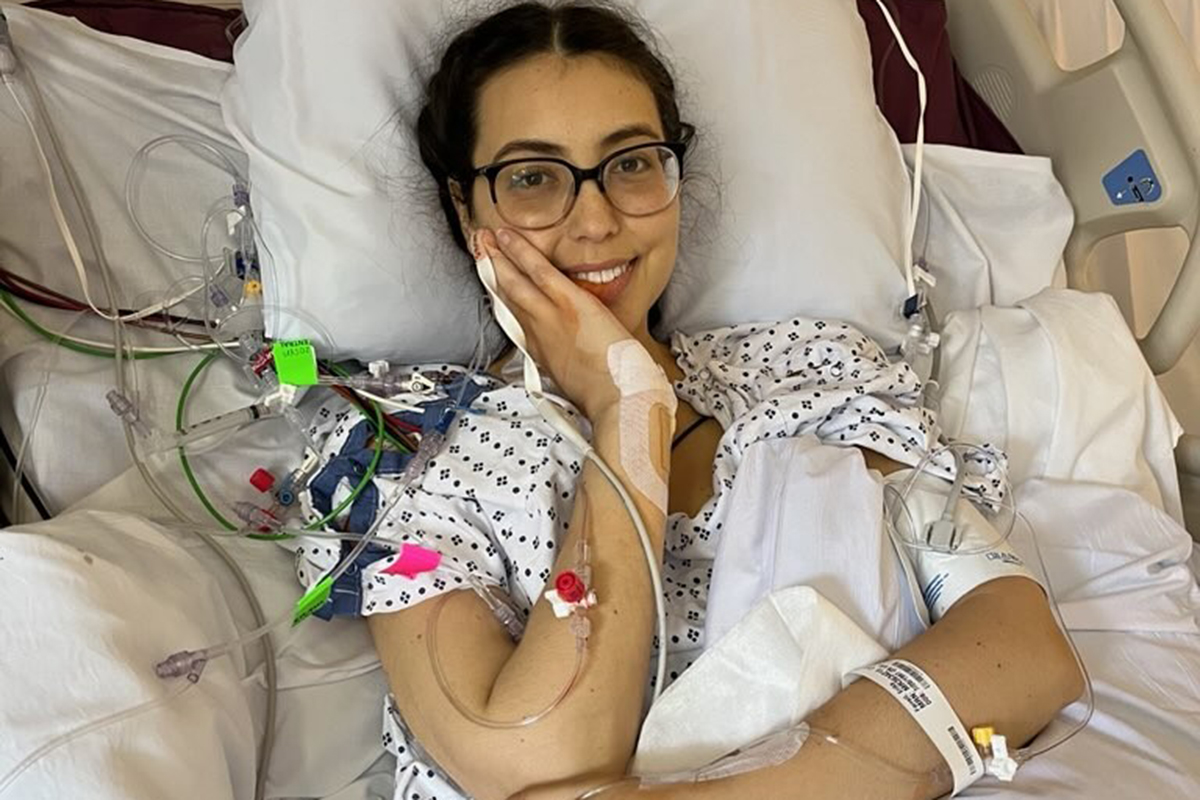Mike is seizure-free today, thanks to his surgery. He's shown here, at his gym.
Mike Funaro remembers exactly how he felt six years ago as he waited in pre-op for the surgery that would remove part of his brain.
“For the very first time,” he says, “I was excited for what the future was going to bring me.” He was 19.
Epilepsy, a neurological disorder marked by seizures, had dominated Mike’s life since he was five years old. One of his earliest seizures was so serious that he had to be transported to the hospital by helicopter for emergency treatment.
Part of his life, every single day.
After that, the fear that he’d have a seizure overshadowed his childhood. His doctor tried to control his epilepsy with one medication after another. Sometimes they worked for a little while, and his mother, Nancy, would feel a spark of hope.
But eventually, each medication stopped working. “Whenever I thought I was in the clear,” Mike says, “a seizure would break through, and I’d be right back at square one.”
His seizures were usually mild, but they became more frequent in his teen years. Mike felt different from the other kids. He wasn’t allowed to drive. Contact sports were off-limits because impact can trigger a seizure. There always had to be an adult around who knew what to do if he had a seizure.
“I hated taking medication every day,” Mike says. “It was embarrassing being shuttled around. I felt like I was a burden.” And always, there was that fear of a really serious seizure, with a risk of injury or brain damage—or even death.
Finally, a glimmer of hope.
When Mike was about 16, his doctor suggested consulting with an epilepsy expert in the Yale Comprehensive Center at Yale New Haven Hospital. That’s when Mike and his family met Richard Mattson, MD.
“Dr. Mattson said, ‘I think we can help you,’” says Nancy. “I’ll never forget those words—they were a glimmer of hope for all of us.”
Mike began more than a year’s worth of testing—MRIs, an EEG, a PET scan, a neurological evaluation, and intensive monitoring of his brain function.
“About one-third of those with epilepsy can’t be controlled with medications,” explains Dr. Mattson. “Of those, a certain number will have the epilepsy coming from an area in the brain that can be safely removed without leaving unacceptable after-effects.”
Fortunately, the tests showed that Mike was one of the lucky patients. His epilepsy originated in his right temporal lobe. “That’s one of the less important areas,” says Dr. Mattson. “When people have epilepsy, that part isn’t working normally—so removing it leaves little or no after-effect.”
Mike’s parents couldn’t help being anxious though. The surgery had risks, and there was no guarantee it would work. But they were comforted knowing that Mike’s surgeon, Dennis Spencer, MD, a neurology expert who pioneered major advances in the treatment of epilepsy at YNHH, had decades of experience doing this kind of operation.
As for Michael, he couldn’t wait for his surgery. “He was so excited about the possibility of not having seizures,” says Nancy, “he would have done anything.”
Ten hours, 36 staples, and six years later.
Mike’s life has been transformed.
He hasn’t had a single seizure since the surgery. He completed college and received two degrees—one in biology and the other in occupational therapy. He has a job he loves, working in a therapeutic group home for adolescents.
And he has big plans—the kinds of plans he never dared dream of before the surgery.
He’s an advocate for epilepsy. “I want to change the way people think about the disorder."
This article originally appeared in the summer 2019 issue of Spotlight Newsletter




